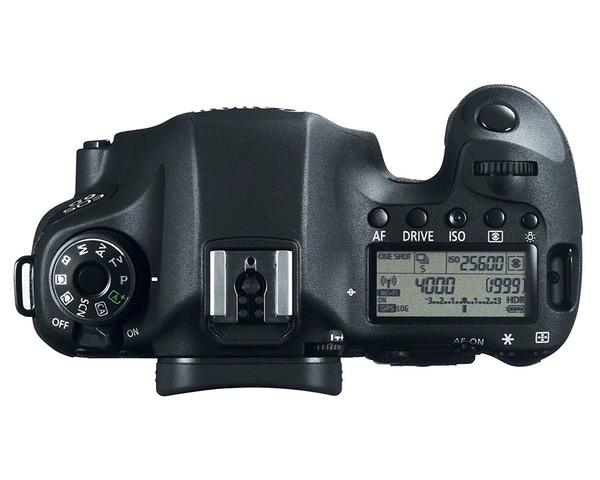D. Alexander
- Комментарий





















